

Fast Feed, Fast Fatten, Fast Fortune: The Future of Livestock Farming!
The technology is an intensive feeding method implemented within feedlots to efficiently bring animals to slaughter weight with optimal fat deposits. These facilities are strategically located near livestock markets and slaughterhouses, aiming for three rounds of fattening per year. The timing is often synchronized with festive seasons, capitalizing on peak demand and market prices. This approach not only ensures rapid and profitable turnover but also aligns with market dynamics, making goat and sheep fattening a lucrative and market-responsive agricultural practice.
This technology is TAAT1 validated.
cost to finish a young animal in four months
Open source / open access
Implementing the “Short-Term Fattening and Supplemental Feeding” technology in a business context involves key steps:
The cost structure for implementing this technology can vary. For instance, fattening a young ram may cost about US $150, including the animal cost (around US $80) and fattening process cost (about US $70). Costs may encompass animal purchase, feed, necessary supplies, and operational costs like labor and transportation. These are general estimates; actual costs can vary based on project scale and local conditions.
These steps should be carefully planned and executed for successful implementation. The specific activities and their sequence may vary depending on the business context. A thorough feasibility study is always recommended before implementation.
Adults 18 and over: Positive high
The poor: Positive medium
Under 18: Positive low
Women: Positive medium
Climate adaptability: Highly adaptable
Farmer climate change readiness: Significant improvement
Biodiversity: No impact on biodiversity
Carbon footprint: Same amount of carbon released
Environmental health: Moderately improves environmental health
Soil quality: Does not affect soil health and fertility
Water use: Same amount of water used
Scaling Readiness describes how complete a technology’s development is and its ability to be scaled. It produces a score that measures a technology’s readiness along two axes: the level of maturity of the idea itself, and the level to which the technology has been used so far.
Each axis goes from 0 to 9 where 9 is the “ready-to-scale” status. For each technology profile in the e-catalogs we have documented the scaling readiness status from evidence given by the technology providers. The e-catalogs only showcase technologies for which the scaling readiness score is at least 8 for maturity of the idea and 7 for the level of use.
The graph below represents visually the scaling readiness status for this technology, you can see the label of each level by hovering your mouse cursor on the number.
Read more about scaling readiness ›
Semi-controlled environment: prototype
Common use by projects NOT connected to technology provider
| Maturity of the idea | Level of use | |||||||||
| 9 | ||||||||||
| 8 | ||||||||||
| 7 | ||||||||||
| 6 | ||||||||||
| 5 | ||||||||||
| 4 | ||||||||||
| 3 | ||||||||||
| 2 | ||||||||||
| 1 | ||||||||||
| 1 | 2 | 3 | 4 | 5 | 6 | 7 | 8 | 9 | ||
| Country | Testing ongoing | Tested | Adopted |
|---|---|---|---|
| Burkina Faso | –No ongoing testing | Tested | Adopted |
| Cameroon | –No ongoing testing | Tested | Adopted |
| Ethiopia | –No ongoing testing | Tested | Adopted |
| Kenya | –No ongoing testing | Tested | Adopted |
| Niger | –No ongoing testing | Tested | Adopted |
| Nigeria | –No ongoing testing | Tested | Adopted |
| Somalia | –No ongoing testing | Tested | Adopted |
| South Sudan | –No ongoing testing | Tested | Adopted |
| Tanzania | –No ongoing testing | Tested | Adopted |
| Uganda | –No ongoing testing | Tested | Adopted |
This technology can be used in the colored agro-ecological zones. Any zones shown in white are not suitable for this technology.

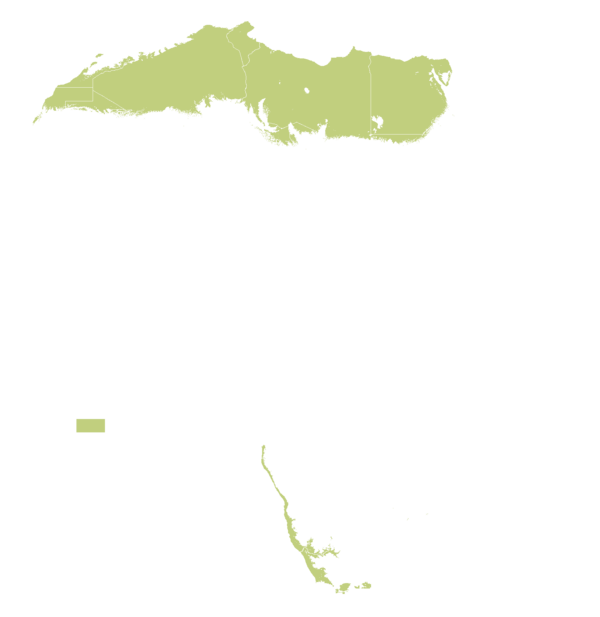

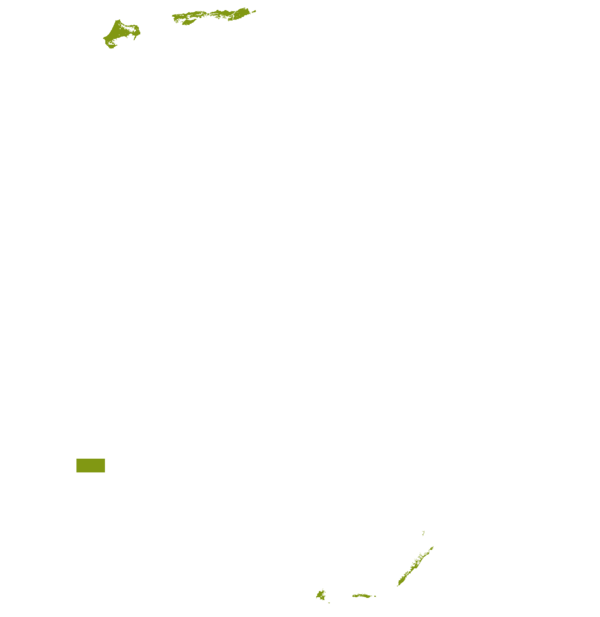






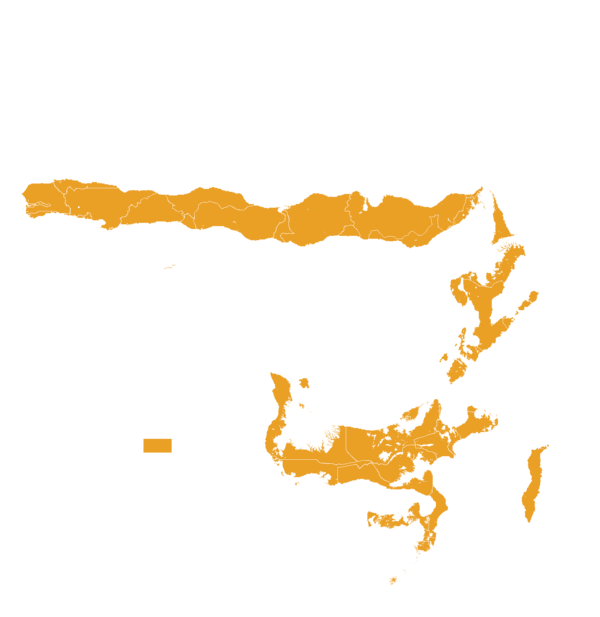


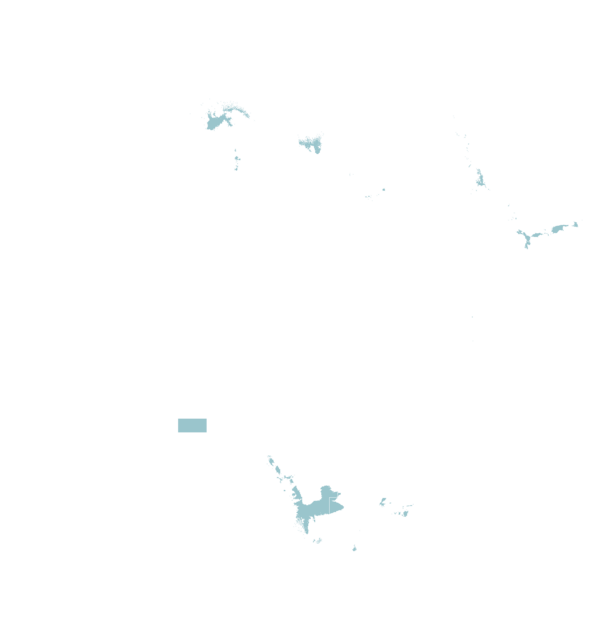

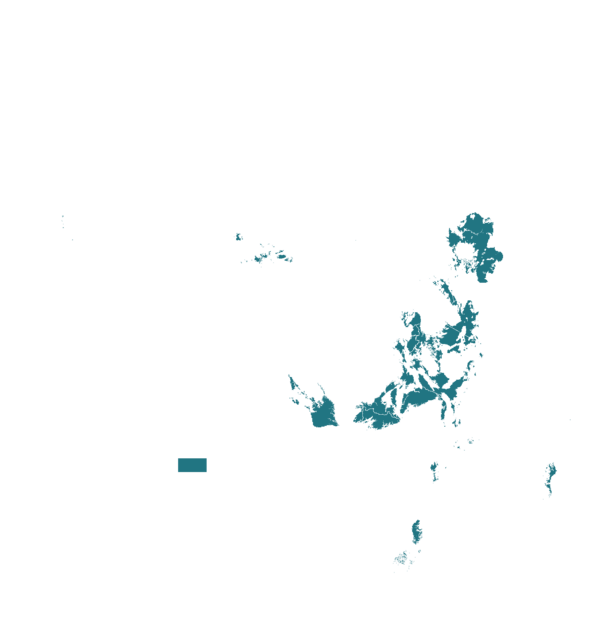
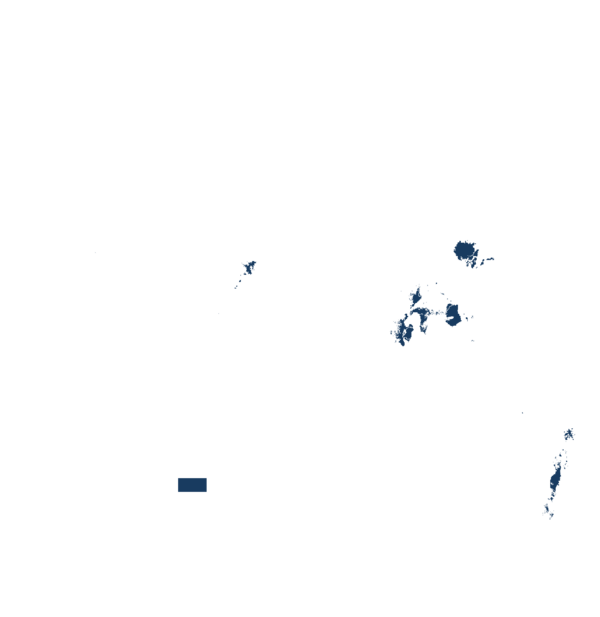
| AEZ | Subtropic - warm | Subtropic - cool | Tropic - warm | Tropic - cool |
|---|---|---|---|---|
| Arid | ||||
| Semiarid | ||||
| Subhumid | ||||
| Humid |
Source: HarvestChoice/IFPRI 2009
The United Nations Sustainable Development Goals that are applicable to this technology.


Last updated on 7 November 2025